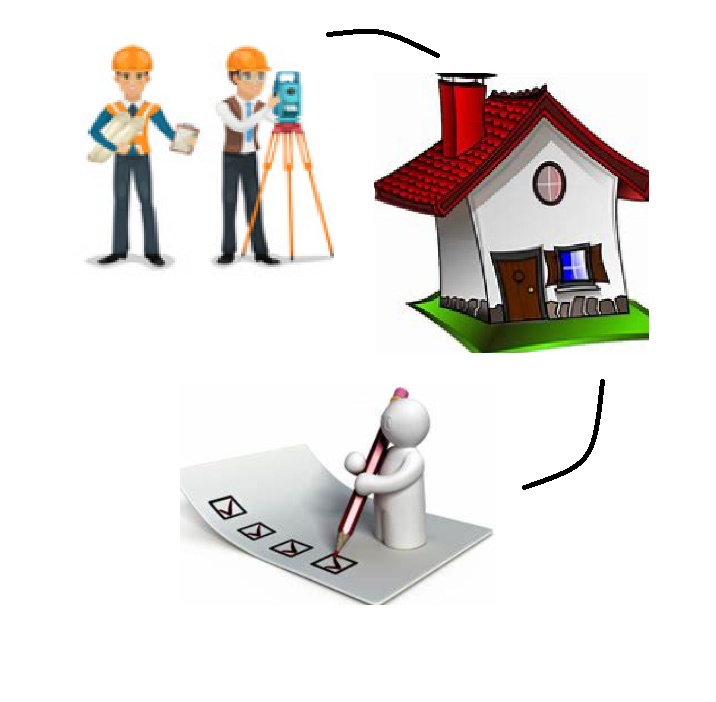Roberts v. J. Hampson & Co. [1988] 2 E.G.L.R. 181
Citation:Roberts v. J. Hampson & Co. [1988] 2 E.G.L.R. 181
Rule of thumb:What standard is a surveyor supposed to on a house valuation legally? They are supposed to look at every aspect of the property visually, and identify any defects. They are not expected to start moving furniture or looking beneath surface level. If there is a defect below surface level which they could not see then they are not liable for this; if there was a defect which could be seen at surface level, they are liable if they do not consider this in reducing the valuation.
Judgment:
This is a leading dictum establishing surveyors’ duties. They are supposed to carry out a visual inspection of a house using a proper method, as well as investigating anything that looks suspicious, to reach a professional decision on what a property’s valuation is, with it being accepted that this survey is never going to lead to a perfect valuation, but nonetheless one that should have been arrived at using a rigorous methodology, ‘after hearing expert evidence, came to the following conclusions concerning a valuation commissioned by the Halifax Building Society. I have no doubt the case is of general application. The judge, referring to the Halifax Building Society valuation, as described in the literature and as described by expert evidence, said, at p: "It is a valuation and not a survey, but any valuation is necessarily governed by condition. The inspection is, of necessity, a limited one. Both the expert surveyors who gave evidence before me agreed that with a house of this size they would allow about half-an-hour for their inspection on site. That time does not admit of moving furniture, or of lifting carpets, especially where they are nailed down. In my judgment, it must be accepted that where a surveyor undertakes a scheme valuation it is understood that he is making a limited appraisal only. It is, however, an appraisal by a skilled professional man. It is inherent in any standard fee work that some cases will colloquially be 'winners' and others 'losers,' from the professional man's point of view. The fact that in an individual case he may need to spend two or three times as long as he would have expected, or as the fee structure would have contemplated, is something which he must accept. His duty to take reasonable care in providing a valuation remains the root of his obligation. In an extreme case ... a surveyor might refuse to value on the agreed fee basis, though any surveyor who too often refused to take the rough with the smooth would not improve his reputation. If, in a particular case, the proper valuation of a £19,000 house needs two hours' work, that is what the surveyor must devote to it. The second aspect of the problem concerns moving furniture and lifting carpets. Here again, as it seems to me, the position that the law adopts is simple. If a surveyor misses a defect because its signs are hidden, that is a risk that his client must accept. But if there is specific ground for suspicion and the trail of suspicion leads behind furniture or under carpets, the surveyor must take reasonable steps to follow the trail until he has all the information which it is reasonable for him to have before making his valuation." Kennedy J at 185

Warning: This is not professional legal advice. This is not professional legal education advice. Please obtain professional guidance before embarking on any legal course of action. This is just an interpretation of a Judgment by persons of legal insight & varying levels of legal specialism, experience & expertise. Please read the Judgment yourself and form your own interpretation of it with professional assistance.

